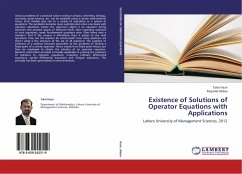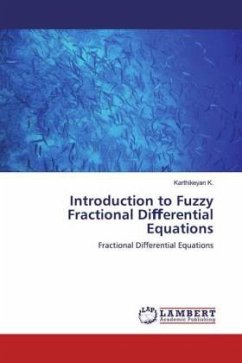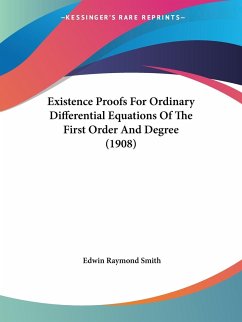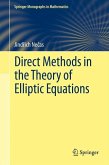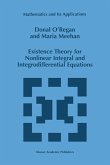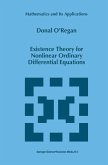Various problems of a practical nature arising in physics, chemistry, biology, economy, social sciences, etc. can be modeled using a certain mathematical setup. Such models give rise to a variety of equations or a system of equations. The problems becomes more sophisticated when one deals with operator equations where the unknown object is an operator acting between two abstract spaces of different kinds. Now regarding solutions of such equations, some fundamental questions arise: Does there exist a solution? And if the answer is affirmative then it passes to the next questions: how can the solution be constructed? how many solutions are there? what is the structure of the set of all solutions? The problem of existence of a solution becomes equivalent to the problems of finding a fixed point of a certain operator. Hence results from fixed point theory can then be employed to obtain the solution of an operator equation. Banach's contraction principle is broadly applicable in proving the existence of solutions to operator equations, including ordinary differential equations, partial differential equations and integral equations. This principle has been generalized in many directions.
Bitte wählen Sie Ihr Anliegen aus.
Rechnungen
Retourenschein anfordern
Bestellstatus
Storno

